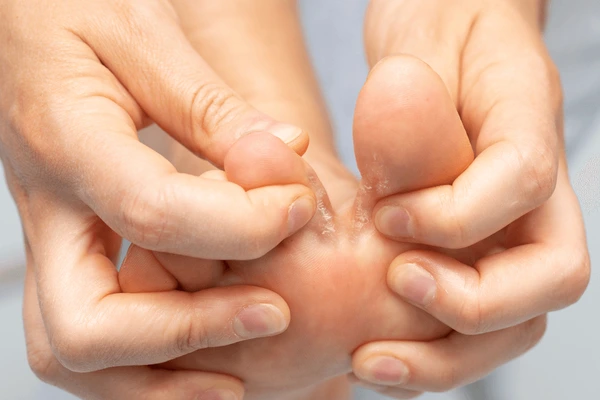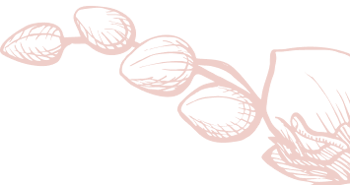
About
Fungal Infection
Get expert fungal infection treatment in Lucknow at The Velvet Skin Centre, Indira Nagar. Our skin specialist offers safe, quick, and effective solutions for lasting relief.
Book Appointment NowCall to book Appointment +91 8002558860

About
Get expert fungal infection treatment in Lucknow at The Velvet Skin Centre, Indira Nagar. Our skin specialist offers safe, quick, and effective solutions for lasting relief.
Book Appointment Now
A fungus is what causes a fungal infection, also known as mycosis, which is a skin condition.
Fungi come in millions of different species. They can be found living in the mud, on plants, household items, and even on your skin. They can occasionally cause skin conditions like rashes or pimples.
You can blame a fungus if you've ever experienced athlete's foot or a yeast infection. A simple organism is a fungus. Examples include mushrooms, mould, and mildew. Fungi can be found in the water, soil, air, and on plants. The human body is home to several. Only around half of all fungus varieties are dangerous.
Some mushrooms spread their spores via the air to reproduce. The spores may drop on you or may be inhaled by you. Fungal infections thus frequently begin on the skin or in the lungs. You are more likely to get a fungal infection if you have a weakened immune system or take antibiotics.
It can be difficult to get rid of fungi. To treat skin and nail infections, you can directly apply medication to the affected area. Oral antifungal medicines are also offered for severe infections.

Dr. Asma provides specialized fungal infection treatment in Lucknow at The Velvet Skin Centre, Indira Nagar. Fungal infections often cause itching, redness, and discomfort in skin, nails, or scalp. Our treatments combine antifungal medications and skincare guidance to eliminate infection and prevent recurrence. With professional care, patients achieve fast relief, restored skin health, and long-term protection.
Yeast, mould, and other fungi can cause fungus infections. Only a small percentage of fungi can make people sick by infecting them. Some infections are opportunistic, which means they frequently do not cause infections but might take advantage of special situations, such an immune system that is weak.
Some common fungi you can get infections from include:
Your symptoms will depend on the sort of fungal infection you have and where it is on your body. Your skin, nails, or mucous membranes will typically display signs (like your mouth, throat or vagina). Your sinuses, brain, eyes, intestines, or lungs could occasionally show signs of an infection.
Symptoms of superficial or subcutaneous infections can include:
Symptoms of fungal infections in your lungs include:
The following are signs of fungal infections in other body regions:
By maintaining basic hygiene and keeping skin dry and clean, most fungus infections can be avoided.
Avoid sharing personal items like towels, sports equipment, and unclean clothing.
Wearing breathable fabrics that keep you dry may also help prevent fungal infections.
IYour doctor might be able to spot the affected area if you show them the signs on your skin. If the doctor is uncertain, a small patch of skin can be scraped off and examined for the fungus.
Antifungal medication, which kills fungus on and in your body, can treat many fungal illnesses. Your doctor may prescribe a number of medications, depending on where the fungus is.
Some treatments may be available without a prescription (over-the-counter, or OTC), but it’s a good idea to check with your provider before treating a fungal infection.
Your healthcare practitioner could provide an antifungal medication in the following forms to treat a fungal disease:
About
About
With multiple skin and hair care clinics across Lucknow, including The Velvet Skin Centre led by Dr. Asma – the best skin doctor in Lucknow and a trusted hair specialist doctor in Lucknow – we make expert dermatological treatments easily accessible, ensuring you receive the best care close to home.
Phone: +91 8002558860
Phone: +91 8002558860
Phone: +91 8002558860

Copyright @ 2025 The Velvet Skin Centre All Rights Reserved